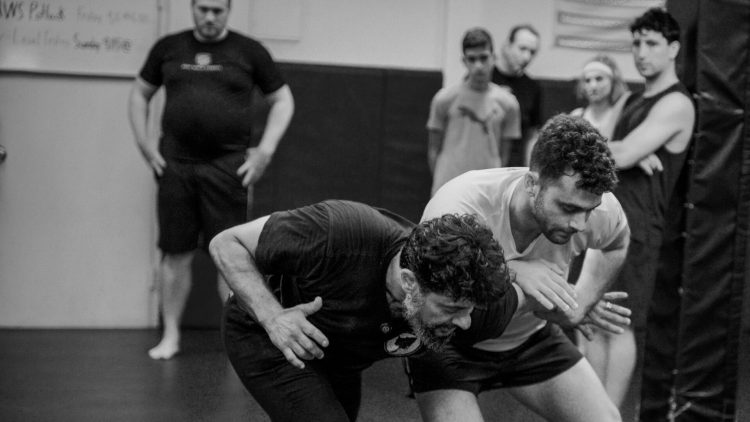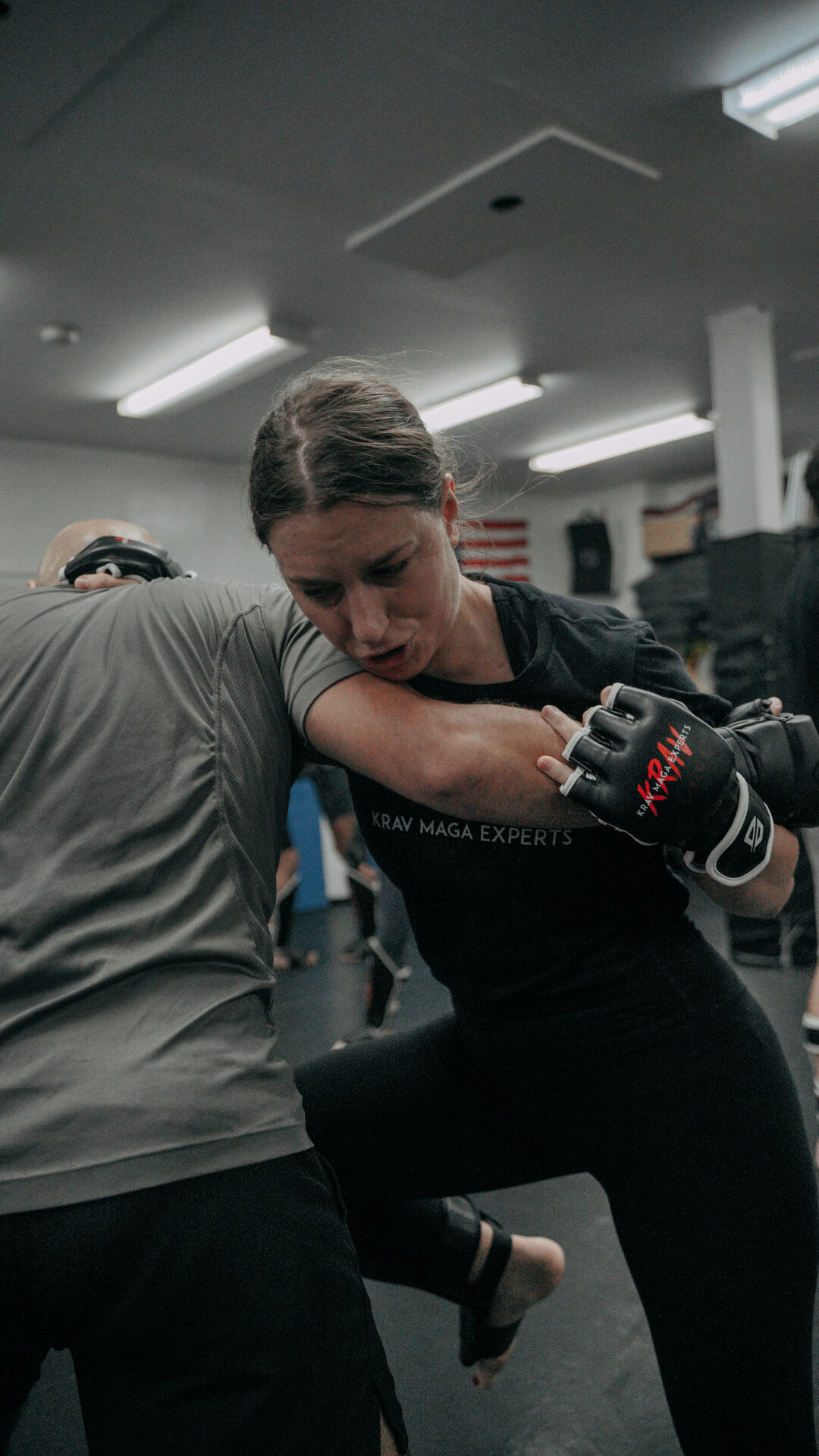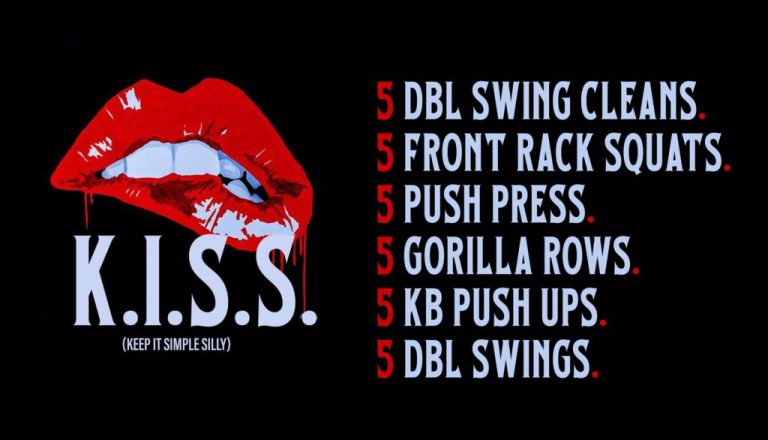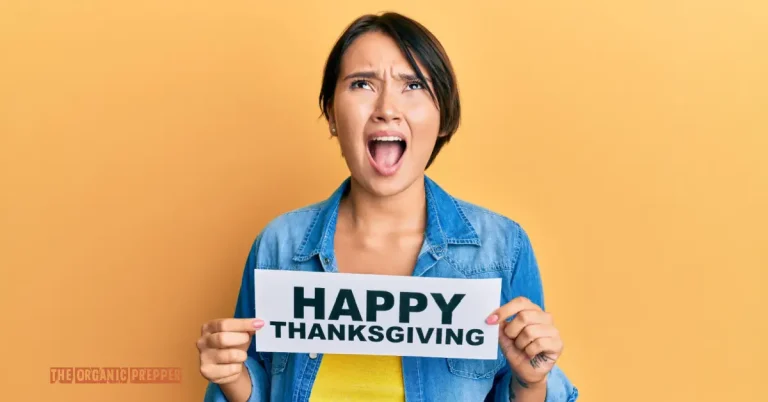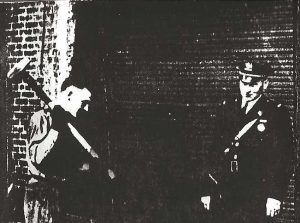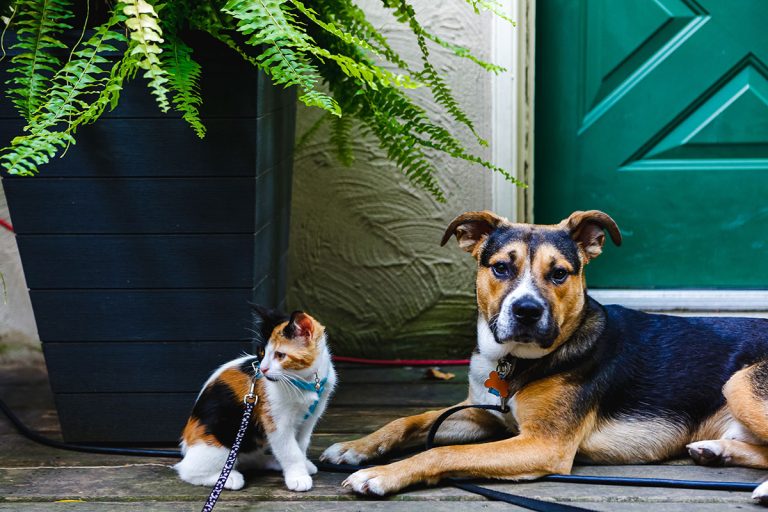Deed vs. Intent: Which Matters More?
This article leans more toward the philosophical than the practical. I can’t say I have all the answers, but I’ve definitely wrestled with questions around justice, intent, and outcomes for a long time. I see deeds as results, where sometimes they’re the opposite of the original intent. Things unfold in ways we can’t always control. In some belief systems, intent matters just as much as the deed itself.
But even beyond belief systems, these questions are universal. All humans are wired to constantly judge actions—our own and others’—trying to untangle what someone did from why they did it. This balance between the deed and the intent is where things get complicated. It’s easy to think that the outcome shouldn’t be judged too harshly if our intentions are good. But is that really fair? Should harm done under the cloak of good intentions be forgiven just because there was no malice? Or does the impact of our actions carry more weight than our motives?
“The outcome of any action begins with careful thought,” as the saying goes. Every action originates from some level of thought, planning, or impulse. Our intentions shape our actions, and our actions, in turn, shape the world around us. But despite our best intentions, even good deeds can turn sour, creating fallout we never anticipated.
There’s truth to the saying, *“The way to hell is paved with good intentions.”* Time and again, people act with the best motives yet find themselves at odds with reality as the ripple effects of their actions take shape. A well-meaning gesture might, under different circumstances, ignite conflict, confusion, or even hurt. In these situations, having a pure heart is not enough. Intent doesn’t protect us or others from the consequences of our actions. *“No good deed goes unpunished,”* as the saying goes, and though we may start with the best of intentions, we must still accept accountability, recognize where things went wrong, and learn from the outcome to prevent future harm.
Let’s be clear—good intentions alone don’t excuse harm. Take the example of giving advice to a friend who’s struggling. You think your words are helpful, maybe even exactly what they need to hear. But what if that advice lands wrong? What if it pushes them further into frustration or hopelessness? You intended to help, but your words had the opposite effect, no matter how well-meaning. In that moment, they may feel hurt or unsupported, and that impact is real. As much as you might want to defend your intent, their experience of harm still stands.
When Good Intentions Aren’t Enough
Consider this: You set out with the best of intentions, but you forget to communicate them clearly. A friend, partner, or colleague might see your actions and judge them through their own experiences, leading them to think your motives are careless or even selfish. That’s where communication comes in as an essential bridge between intent and perception. When we don’t communicate clearly, we risk turning good intentions into painful misunderstandings.
For example, imagine a work scenario where you take charge of a project, believing it will take pressure off a colleague. You don’t communicate your reasons, assuming they’ll see it as helpful. But instead, they feel undermined, interpreting your actions as an effort to overshadow their work. This isn’t a failure of intention but a failure to communicate. The message got lost, and the result didn’t match the intent. Here, the onus is on you to clear up the miscommunication and show the care behind your actions.
Communication, in this way, is not just a courtesy—it’s a responsibility. Good intentions, without clear communication, are often just assumptions, and assumptions are a breeding ground for misunderstandings. We all know that everyone has a different lens through which they view the world, shaped by their own experiences, beliefs, and biases. Knowing this, we owe it to ourselves and others to bridge the gap between our intent and the impact of our actions. It’s not enough to be “well-meaning.” We have to be intentional, aware, and articulate about our motives if we want them to align with the outcome.
Learning from Bad Results
If intent were all that mattered, we’d never hold anyone accountable for mistakes. But we do—and we should. Think of a person who didn’t check their assumptions or take the time to understand the impact of their actions. Their good intentions alone can’t shield them from the consequences of those actions. Even if they didn’t mean to harm, the harm was real. Mistakes, even with the best of intentions, become opportunities for learning if we’re willing to see them that way. When we embrace our missteps, we become wiser and more thoughtful in our actions, turning bad results into growth and understanding.
The truth is bad results—even when born from good intentions—often teach us more than success does. They reveal our blind spots, showing us where we need to improve. These lessons can be challenging, but they’re necessary if we want to keep our actions aligned with our values. Taking responsibility, rather than hiding behind good intent, is a show of strength, not weakness. It’s the choice to acknowledge where we missed the mark and to use that experience to improve.
When Intent is Misinterpreted
Sometimes, even our clearest intentions can be misinterpreted. A good deed, seen through the wrong lens, can come across as invasive or even judgmental. For example, if you offer support to someone who feels vulnerable, they might see your gesture as pity, even if you intended only kindness. This happens when their worldview or past experiences filter your actions in ways you didn’t foresee. This complexity is part of being human. We can’t control how others see us, but we can control how we handle these situations.
When we face misunderstandings like these, it’s tempting to defend ourselves and insist on our good intentions. But sometimes, the best course is to listen. Listening doesn’t mean agreeing with their interpretation; it means respecting their perspective. I’m still working on building this skill set, so please don’t take this realization as advice from someone who has mastered it—it’s a work in progress.
This moment of empathy often does more to repair the relationship than any explanation of our intent could. It’s in these moments that we see the limits of intent. No matter how much we care, others will experience our actions in their own way. Learning to accept this without resentment or frustration is part of growing, both in understanding and in humility.
Balancing Deed and Intent
The interplay of deed and intent isn’t an either/or equation. It’s a delicate balance. A world that values intent alone is one where people can sidestep responsibility, claiming good intentions regardless of the harm caused. But a world focused only on outcomes leaves little room for understanding or second chances. It overlooks the reality that we’re all imperfect and that mistakes are often part of the path to becoming better.
In practice, we must weigh both: Intent shows us the character behind the action, while the deed shows the impact of that character on the world. If we only measure one, we miss half the story. For true accountability, intent should serve as a starting point, guiding our actions thoughtfully, but outcomes must be where we take stock of reality.
Ultimately, it’s not just about intending to do good or even achieving it; it’s about the continual process of aligning both. Growth lies not only in having the right intentions but in transforming those intentions into actions that genuinely serve others and reflect our best selves. In this balance of intent, deed, communication, and humility, we find a framework for navigating life’s complexities with integrity and purpose. We learn that every deed indeed begins with a thought, but it’s the follow-through that shapes our character and our world.
We can do the right thing and still hurt someone. Just keep a line of communication open and find out if the hurt was intentional or not so you can decide how to respond to it. Your response will be clearer if you don’t react before learning the full story first!
Do Something Amazing,
Tsahi Shemesh
Founder & CEO
Krav Maga Experts







